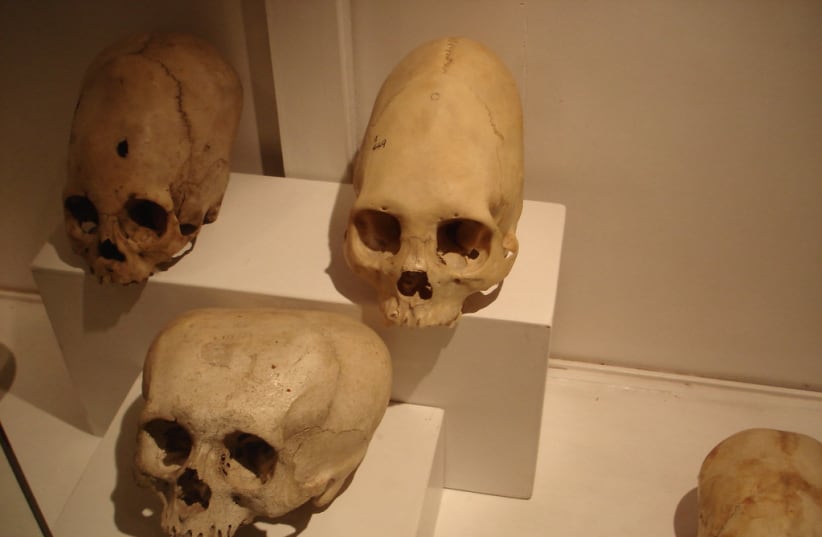A recent excavation at a 16th-century cemetery in Huanchaco, Peru, has uncovered the remains of two toddlers whose bones bear the marks of smallpox, revealing key information about the spread of infectious diseases caused by European colonization during the early colonial period. The findings were published in the a study in the June 2024 edition of the International Journal of Paleopathology.
The remarkably well-preserved remains were uncovered in a recently discovered cemetery dating back to 1540 in Huanchaco, a small fishing town on Peru’s northwestern coast. The graveyard, linked to one of the earliest Spanish-built churches in the region (1535-1540), contains 120 burials that reflect the influence of European colonialism during that time. Many of the graves, including those of Indigenous people, feature reed crosses and European glass beads.
Beyond the material changes associated with European colonization, the defects found on the bones of the two children highlight a far more devastating impact: the introduction of smallpox to a previously unaffected population.


Smallpox was a significant cause of death in the Americas during the period of European contact. According to a the study, the disease likely reached northwest Peru with Francisco Pizarro and his soldiers in the late 1530s, leading to the death of approximately 70% of the native Inca population by 1620.
The study found that most of those affected by the disease were children. Of the 120 early-colonial burials uncovered at Huanchaco, 90 (75%) were children, 60 (67%) of which were five or younger. Both toddlers, who are believed to have been 18 months when they died, exhibited several features consistent with an infection called osteomyelitis variolosa — which is triggered by the smallpox virus — and showed similar skeletal lesions in the shoulders, elbows, wrists, hips, knees, and ankles.
Colonial influence on disease spread
Additionally, the cemetery’s high number of young children, who are particularly susceptible to infectious diseases due to their developing immune systems, indicates the likely presence of a new disease in the region.
These are the earliest identified cases of osteomyelitis variolosa in South America, which is unexpected considering the high number of smallpox outbreaks during the time of European contact. Although only about 5% to 20% of children under five who contract smallpox show skeletal changes, the researchers noted that this rate may imply that many archaeological cases remain undetected.
